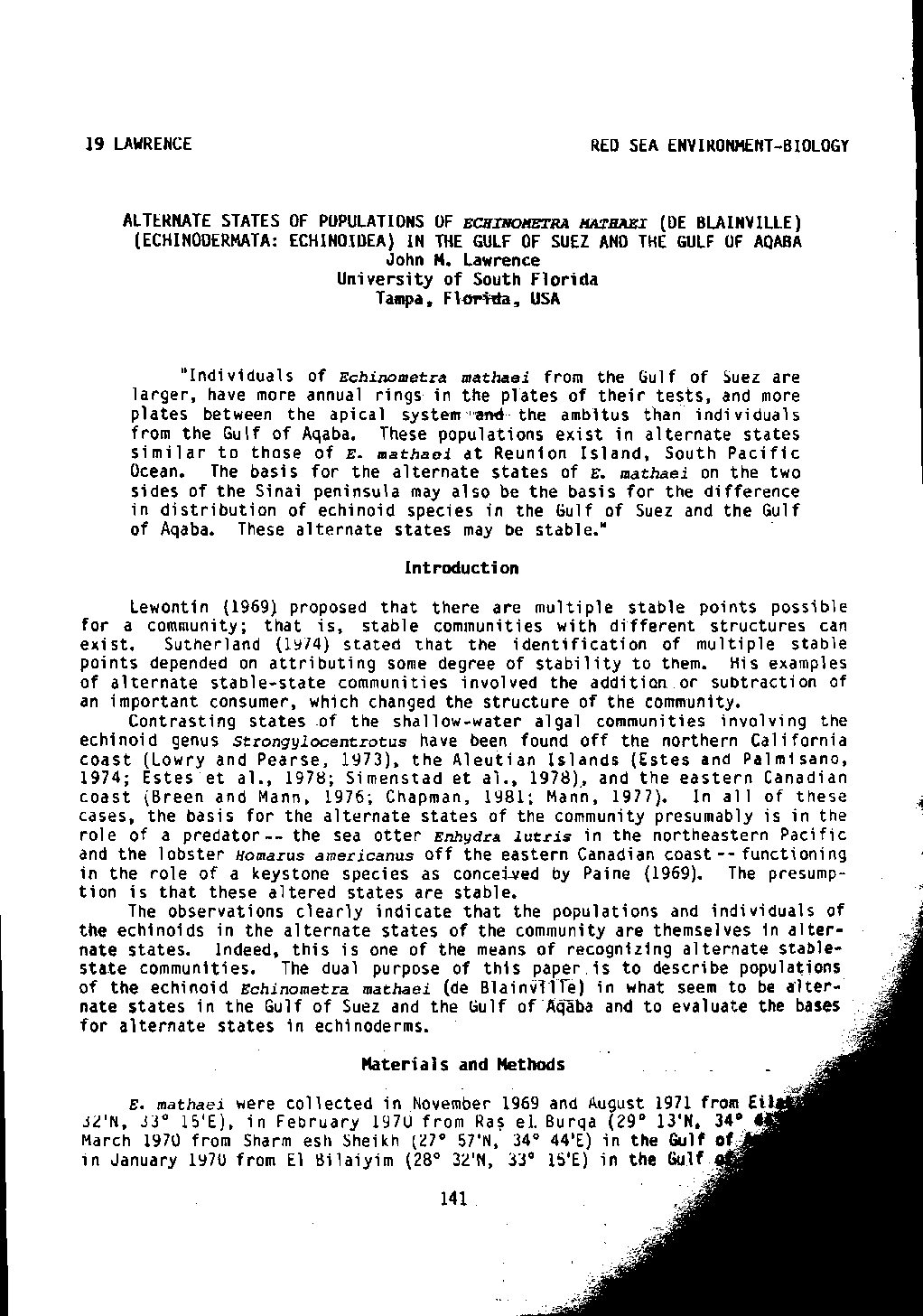Categories
vol-26ZOOPLANKTOl\’ COMMUNITl’ fl” LAKE EDKU
Bl’
ABOUL EZZ, S. M.* AND SOLIMAN, A. M.
*NationalInstitUTe ojOceanography and Fisheries. Alexandria (Egypt)
Key words: Zooplankton, Correlation coefficient, and Phytoplankton
-zooplankton relationship.
ABSTRACT
Zooplankton community in Lake £dial was sllJdied seasonally
dUring the period Febmary-November 2000. Results showed that .five
groups dominated the population nameZr. Protozoa. Rotijera.
Copepoda. Ostracoda and C1adocera Besides. seven groups
appeared as rare forms they are Nematoda. Trematoda. Polychaeta.
Cirripedia. Decapoda. Amphipoda. Insecta and .fish eggs. The counts
oj the total zooplankton (J)’eraged 326 X 10-‘
organisms l1r’ for the whole period ofinvestigation
Rotijera contributed more than 76% by number to the toral
zooplankton community a.nd llQS dominated by the genus Brachionus
which jormed the highest counts to the total rotifer. Three species
namely: B. calyctflorus. B. angularis and B. urceolaris contributed
([bOUT 57% to the total rotijer counts. Rotifers represent one of the
most imponant components of the fresmt’Qter zooplankton especially
in organically pollUTed (eutrophic) areas and some rotifer species
considered as indicator for domestic pollution as well as trematodes
and nematodes. Generally. the lake is regarded as polluted habitat.
Zooplankton standing stocks in Lake Edlal showed remarkable
decrease when compared ll’ith the prel’iously recorded in 1995-1996.
Correlation coefficient between physico-chemical parameters and
zooplankton . its main groups and species were considered.
Phytoplankton-zooplankton relationships were also discussed







